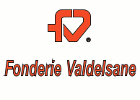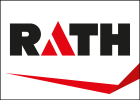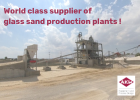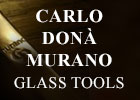INFO
This is the basic company information. The company provides additional detailed information, such as website, fax and telephone numbers, contact persons, history and company data.
To get access to this information or for printout of the company profile, you need to have a valid "Profile Access" to glassglobal.com. Information for booking are available at Price Info .
Contact Info
| Address | Owens Corning Mexico de R.L. de C.V. Calle Zacatepec Mz. 42, Lt.3, Ciudad Ind. Xicohtencatl, 90434 Tetla, Tlax |
| Country | Mexico |
Products or Machinery
PRODUCT IDENTIFICATION:
“Woven and Non Woven Technical Fabrics”
COMMON NAMES:
Mesh fabrics (Nexamesh®) Dry wall tapes (Fiba Tape®)
Insect screens (New York Wire®) Wall coverings (Novelio®)
Glass loose fibre Laid scrims
Glass veil Coated glass veil
RECO fabrics TECO fabrics
E-fabrics, 6-micron yarns
Grinding Wheels (glass filament impregnated weaves for the abrasive industry)
HAZARDS IDENTIFICATION
The products are composed of glass filaments above 3ìm in diameter, consequently not reach the lower respiratory tract and therefore have no possibility of causing serious pulmonary disease. The products are not classified as hazardous according to European Directive 67/548/EEC and its latest amendments. Mechanical irritation (itching), eventually allergy (extremely rare), may be produced by dust generated on product processing. Under some conditions, the products may release Formaldehyde and other hazardous substances (see Chapter 3 COMPOSITION).
COMPOSITION – INFORMATION ON CONSTITUENTS
Continuous filament glass products are articles in the meaning of REACH (1907/2006/EC).
These articles are mixtures of E GLASS or C GLASS in the form of continuous filaments and a SIZE with, in addition, a BINDER or COATING.
The CAS number of glass filaments is 65997-17-3 (corresponding to the oxides used for production).
E GLASS is a glass with a very low alkaline content.
C GLASS is a glass with very high alkaline content and low aluminium oxide content.
SIZE is a mixture of chemicals applied to the glass filaments in a maximum quantity of 3% - more generally between 1% and 1.5% by weight.





















